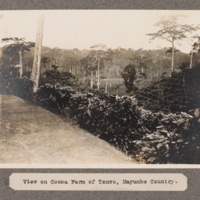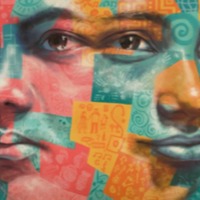
Raymundo
There are an estimated 403,000 people living in conditions of modern slavery in the United States (GSI 2018). The US attracts migrants and refugees who are particularly at risk of vulnerability to human trafficking. Trafficking victims often responding to fraudulent offers of employment in the US migrate willingly and are subsequently subjected to conditions of involuntary servitude in industries such as forced labour and commercial sexual exploitation. Raymundo travelled from Mexico to California for work. He was promised it would be legal and took out a loan from his trafficker to pay for his visa. Upon arrival, he was forced to live in a room with 34 other men who had been trafficked. Raymundo was forced to work long hours under constant surveillance and threats of deportation. Raymundo was able to escape after approaching an inspector that had come to assess the farm.
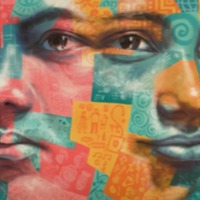
Moceica B
There are an estimated 15,000 people living in conditions of modern slavery in Australia (GSI 2018). Australia is a destination country for women from Southeast Asia, South Korea, Taiwan, the People’s Republic of China (PRC), and reportedly Eastern Europe trafficked for the purpose of commercial sexual exploitation. Some men and women from several Pacific islands, India, the PRC, South Korea, the Philippines, and Ireland are fraudulently recruited to work temporarily in Australia, but subsequently are subjected to conditions of forced labor, including confiscation of travel documents, confinement, and threats of serious harm. Some indigenous teenage girls are subjected to forced prostitution at rural truck stops. Moceica Turaga was trafficked from Fiji in 1988 at the age of 17 to work in the Australian horticultural sector. He had been promised the opportunity to continue his education and earn money to support his mother and siblings. After two years of agricultural work in Australia, he learned that none of his wages had been sent to his mother as promised. He was eventually employed by a farmer who helped him escape exploitation. He told his story for the first time in public at the Bali Process Government and Business Forum in August 2017, and then again to members of the Parliamentary committee exploring the establishment of a Modern Slavery Act in Australia in October 2017. This version of his narrative was delivered as a speech at the Catholic Archdiocese of Sydney Anti-Slavery Task Force's Ethical Sourcing Seminar and Expo on February 8, 2019 at St Mary’s Cathedral in Sydney. He lives today in Bundaberg, Australia, and works in the disability sector supporting children, youth and the elderly. He ran as an Independent candidate for the seat of Hinkler in the 2019 federal election.
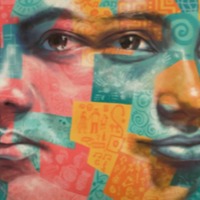
Moceica A
There are an estimated 15,000 people living in conditions of modern slavery in Australia (GSI 2018). Australia is a destination country for women from Southeast Asia, South Korea, Taiwan, the People’s Republic of China (PRC), and reportedly Eastern Europe trafficked for the purpose of commercial sexual exploitation. Some men and women from several Pacific islands, India, the PRC, South Korea, the Philippines, and Ireland are fraudulently recruited to work temporarily in Australia, but subsequently are subjected to conditions of forced labor, including confiscation of travel documents, confinement, and threats of serious harm. Some indigenous teenage girls are subjected to forced prostitution at rural truck stops. Moceica Turaga was trafficked from Fiji in 1988 at the age of 17 to work in the Australian horticultural sector. He had been promised the opportunity to continue his education and earn money to support his mother and siblings. After two years of agricultural work in Australia, he learned that none of his wages had been sent to his mother as promised. He was eventually employed by a farmer who helped him escape exploitation. He told his story for the first time in public at the Bali Process Government and Business Forum in August 2017, and again at the Catholic Archdiocese of Sydney Anti-Slavery Task Force's Ethical Sourcing Seminar and Expo in February 2019. This version of his narrative was delivered in October 2017 to members of the Joint Standing Committee on Foreign Affairs, Defence and Trade during a hearing in Mildura, Australia, about the establishment of a Modern Slavery Act in Australia. He lives today in Bundaberg, Australia, and works in the disability sector supporting children, youth and the elderly. He ran as an Independent candidate for the seat of Hinkler in the 2019 federal election.
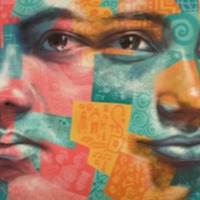
Kidane
There are an estimated 451,000 people living in modern slavery in Eritrea (GSI 2018). The small country has a unique system of compulsory, open-ended military service for citizens that makes it one of the most oppressive states in the world. The government has enforced its current policy of sending all secondary school students to serve for a minimum of twelve months since 2003. While Eritrean law puts the minimum conscription age at 18, many teenagers find themselves recruited during high school at age 16 or even younger. In rural areas, where formal education is rarer, the army will visit villages to round up young girls and boys who look roughly of age, to begin their program of combat training and forced labour. Kidane was 16 years old when he was sent for military training at Sawa. After training he was forced to work in farming and construction, until he was able to flee the country in 2012.
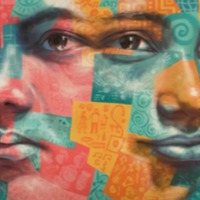
Violette
There are an estimated 1,045,000 people living in conditions of modern slavery in the Democratic Republic of Congo (GSI 2018). In 2016 several armed groups continued to abduct and forcibly recruit men, women and children as combatants and in support roles such as guards, cleaners, cooks and spies. In 2016, 184 cases of child soldiers were reported, with 1,662 children reported to have separated or escaped from armed groups. Child soldiers who manage to escape remain vulnerable to re-recruitment as adequate rehabilitation services remain unavailable to children suffering trauma, stigmatisation and the continued threat of armed groups. Violette was 12 years old when she was abducted by armed forces in the Democratic Republic of Congo.
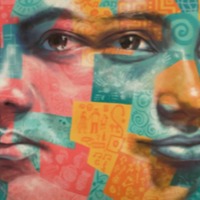
Francis Bok
There are an estimated 465,000 people living in modern slavery in Sudan (GSI 2018). Between 1983 and 2005, the central government of Sudan enslaved tens of thousands of black South Sudanese Christian and traditionalist people. It was part of a genocidal war against South Sudan, with a simple aim: to force South Sudan to become Arab and Muslim. Francis was seven years old when he was taken by North Sudanese militia and enslaved on a farm in North Sudan. He was beaten and force to sleep with the animals. After 10 years Francis was finally able to escape. He now travels around with antislavery organisations telling his story and raising awareness of modern day slavery.
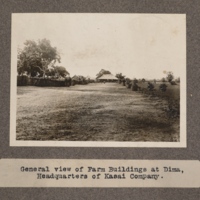
General view of farm buildings at Dima, headquarters of Kasai Company
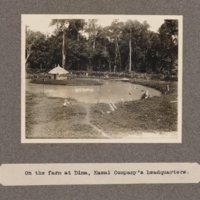
On the farm at Dima, Kasai Company's headquarters
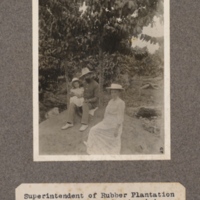
Superintendent of rubber plantation and farm at Banganju, Aruwimi, with wife and child
